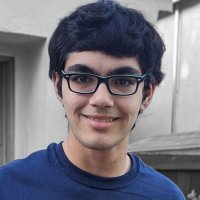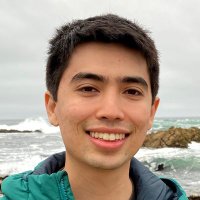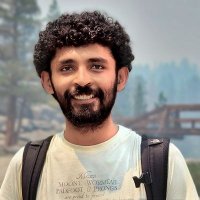
Abhimanyu Hans
@ahans30
CS PhD student advised by @tomgoldsteincs at @umdcs
ID: 328935348
http://ahans30.github.io 04-07-2011 08:51:29
188 Tweet
220 Takipçi
1,1K Takip Edilen


For those a #NeurIPS2024 I'm giving a talk at 2pm today (tues) on how to build a successful research project from ideation to paper submission. Other speakers include researchers Maarten Sap (he/him) and Kaiming He, plus Nicole Bannon from the hiring firm Rora (Formerly Ralph) Inc. See you at NewInML @ ICML 2025


Excited to present “Be Like a Goldfish: Don’t Memorize!” led by Abhimanyu Hans at NeurIPS, East Building #4709. In this work, we propose a simple yet effective loss function to reduce verbatim memorization. Stop by the poster and grab some goldfish crackers while you’re at it!

















![Tanishq Mathew Abraham, Ph.D. (@iscienceluvr) on Twitter photo Refusal Tokens: A Simple Way to Calibrate Refusals in Large Language Models
"We introduce a simple strategy that makes refusal behavior controllable at test-time without retraining: the refusal token. During alignment, we prepend a special [refuse] token to responses that Refusal Tokens: A Simple Way to Calibrate Refusals in Large Language Models
"We introduce a simple strategy that makes refusal behavior controllable at test-time without retraining: the refusal token. During alignment, we prepend a special [refuse] token to responses that](https://pbs.twimg.com/media/GeaiIKZb0AA_kfu.jpg)





